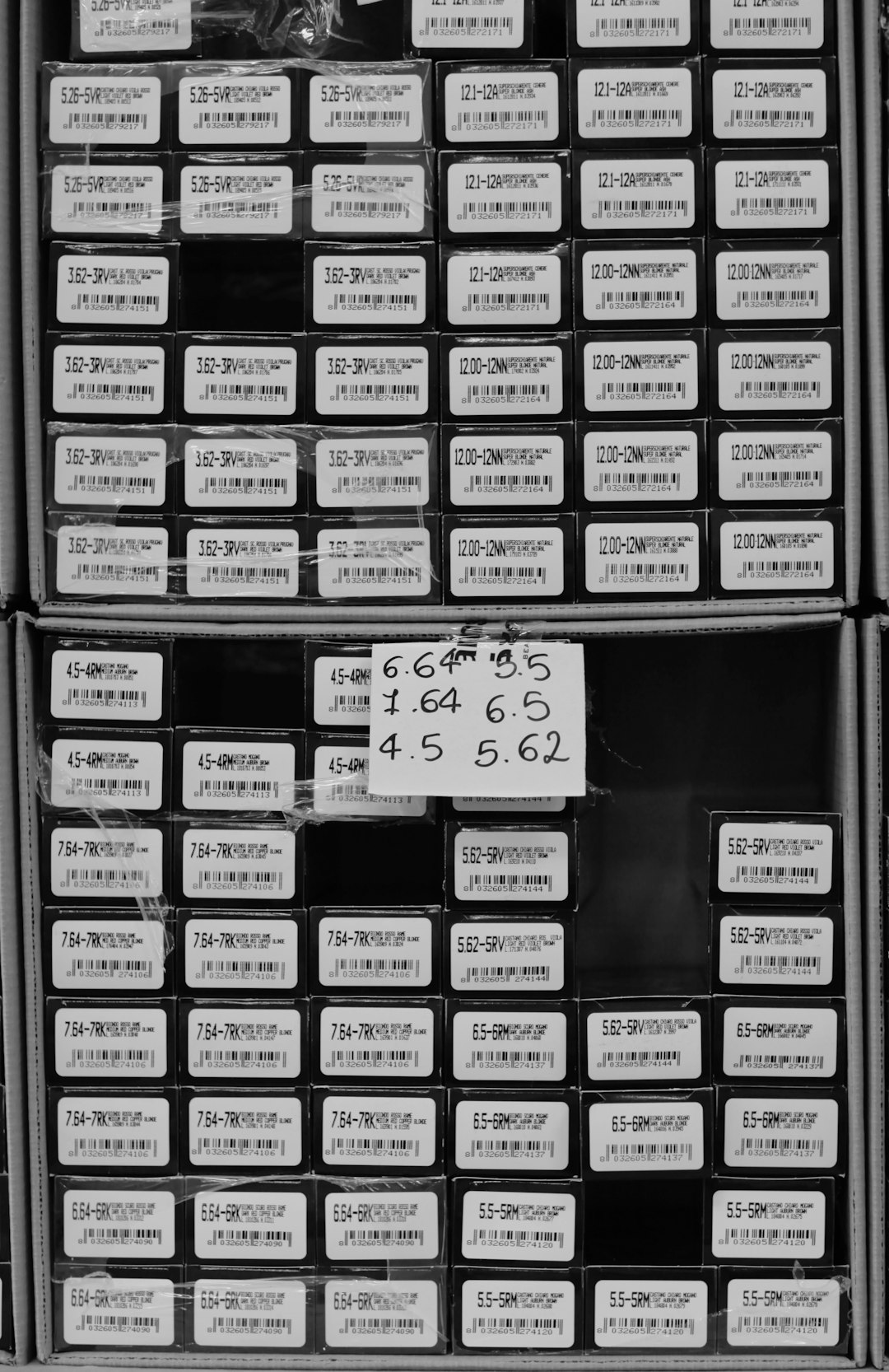From hydraulic presses to construction equipment, there are numerous industrial applications that rely on the transfer of force from one point to the next. And while this can be done in several ways, only with hydraulic systems is it possible to apply linear motion and force without using mechanical levers or gears. These systems work by transferring pressure from fluid to the point of application via a piston, a process that in turn relies on hydraulic cylinders. Depending on the area of application, hydraulic cylinders in Brisbane come in several different types.
Welded-Rod
Welded-rod cylinders have their barrels welded directly to the end caps. The head caps could then be secured in place by bolting or threading. Due to the compact nature of this design, welded-rod cylinders are widely used in mobile equipment. However, this also means that special tools will have to be used during inspections and repairs.
Tie-rod
Here, threaded steel rods are used to hold end caps in place at either end of the cylinder barrel. Depending on the diameter of the cylinder and operating pressure, applications could require anywhere between 4 and 20 tie rods. Perhaps the biggest benefit of this design is the ease of disassembling the entire setup, which comes in handy during repairs. Tie-rod cylinders are more common in heavy-duty industrial applications.
Single- and Double-Acting Cylinders
Single-acting cylinders function by extending or retracting the rod in a single direction using hydraulic pressure, while their double-acting counterparts have the fluid providing pressure in both directions. The former are ideal for use in areas where some assisting force is available to move the cylinder in a particular direction. On the other hand, double-acting cylinders are commonly found in setups where the force is needed in both directions.
Mounting Options
While selecting the right cylinder for a particular application is crucial, the mounting method also has an impact on performance. Some of the more commonly used types of mountings include:
-Flange mounts: These tend to be quite strong and rigid, but offer very little room for misalignment.
-Side mounts: These are more user-friendly, but require that the load be supported and guided in order to minimize wear.
-Lug mounts: With these, the lugs must be secured properly to minimize movement at high pressures.
-Pivot mounts: These offer the ability to change the alignment of the cylinder, albeit in only one plane.
Ultimately, it’s very important that one takes time to figure out which kind of cylinder will suit their specific application(s) best. Also crucial is the need to use components that are designed by qualified fluid mechanics experts and engineers. If you’re not sure of what to use, reach out to a professional for expert advice.








